Choose your style – short and long scale bass guitar differences
It is common knowledge that short-scale bass guitars are best suited to younger players or those who struggle with added reach of a long scale bass guitar. If you are a guitarist transitioning to bass, often the short-scale model is better suited for this transition as it better replicates the size of a standard guitar. That said, long scale bass guitar is still the most common bass guitar used by musicians.
To say that short-scale bass guitars are best used for beginners is quite misleading. Many seasoned professionals prefer using the short scale because of the fat (“phaaat!”) that it produces. This refers to the deeper sounding (bassier) lower string on the short scale, which is enabled by the lower tension on the strings. No matter whether you prefer to play in the studio or live performance, the short scale is an excellent weapon for a musician to have at their disposal.
Although a bassist may be comfortable and content with having a long scale bass guitar, adding a short scale to the armory adds so much diversity to the musical palette.
Some of the key advantages of opting for a long scale bass is the significantly better sustain, more robust treble effects, and the ability to play slap bass.
The decision of choosing between a short and long scale bass should ultimately be down to personal preference and musical style. Before deciding it is recommended that you try both bass guitars and then also consider the musical style that you want to play.
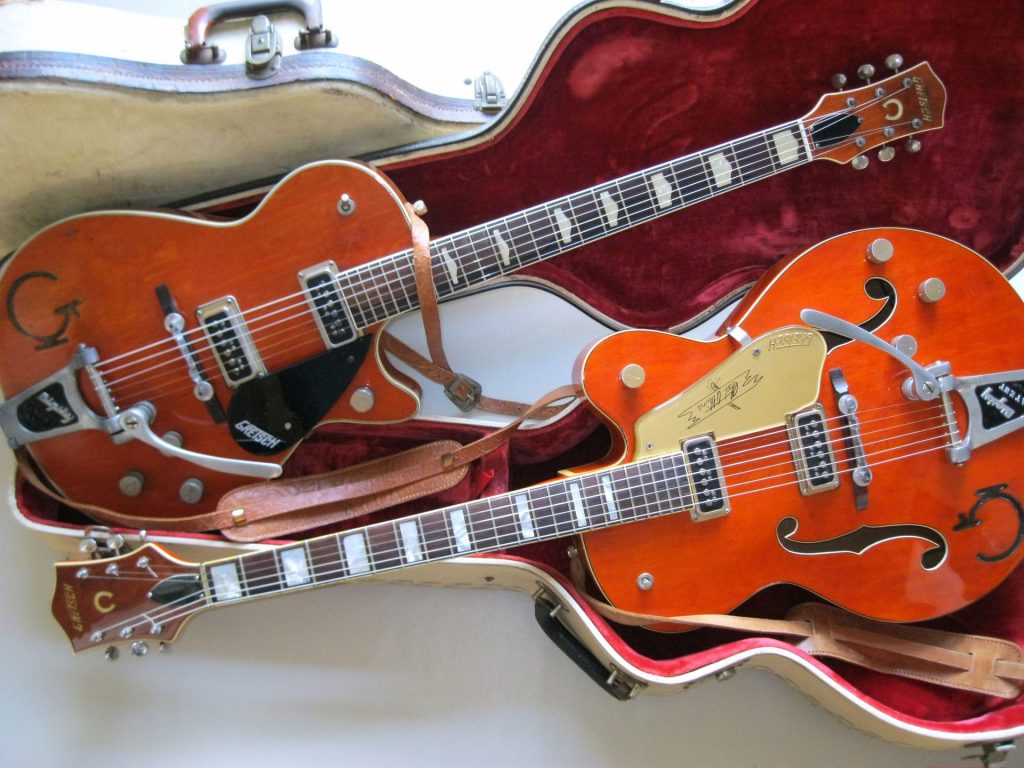 For those who are unaware, scale length refers to the exact distance from the nut to the bridge of the bass guitar. The distance of a long scale bass guitar has, in effect, become known as the standard distance for a bass guitar which was first introduced by Fender and Precision Bass in 1951. The standard scale length of a long scale bass guitar is now 34”.
For those who are unaware, scale length refers to the exact distance from the nut to the bridge of the bass guitar. The distance of a long scale bass guitar has, in effect, become known as the standard distance for a bass guitar which was first introduced by Fender and Precision Bass in 1951. The standard scale length of a long scale bass guitar is now 34”.
This length was not always the case for bass guitars. Rival manufacturers to Fender such as Gibson have sold short length bass guitars for many years to target those adopting different musical styles and playing preferences.
The general rule for the scale length of a short-scale bass guitar is that it does not exceed 31”.
The most obvious reason for someone to choose a short scale over a long scale bass guitar is the physical size. Despite short-scale bass guitars generally being accepted as more comfortable to play due to the closer fret spacing, the long scale bass guitar has remained popular due to the added variety and strength of musical effects.
During the 1960s, short-scale bass guitars had a considerable rise in popularity. This popularity was however pretty short-lived due to the ‘student models’, which were cheap in construction, contained very narrow spaces between strings and the tonal character of the instrument was very poor. After falling out of favor, the short-scale bass guitar has been somewhat stereotyped by bassists as a primary, inferior instrument to the long scale bass.
With modern technological advancements in manufacturing, the previous criticisms of the short-scale bass guitar are now misguided. An increasing number of studios are now in favor of the use of short-scale bass guitars, mainly due to the warmer high notes and the booming low notes. Short scale bass guitars do have an essential place among the instrument line-up of many musicians. They should continue to be considered as a serious alternative to conventional long scale bass guitars.
Tips to an excellent short-scale bass playing
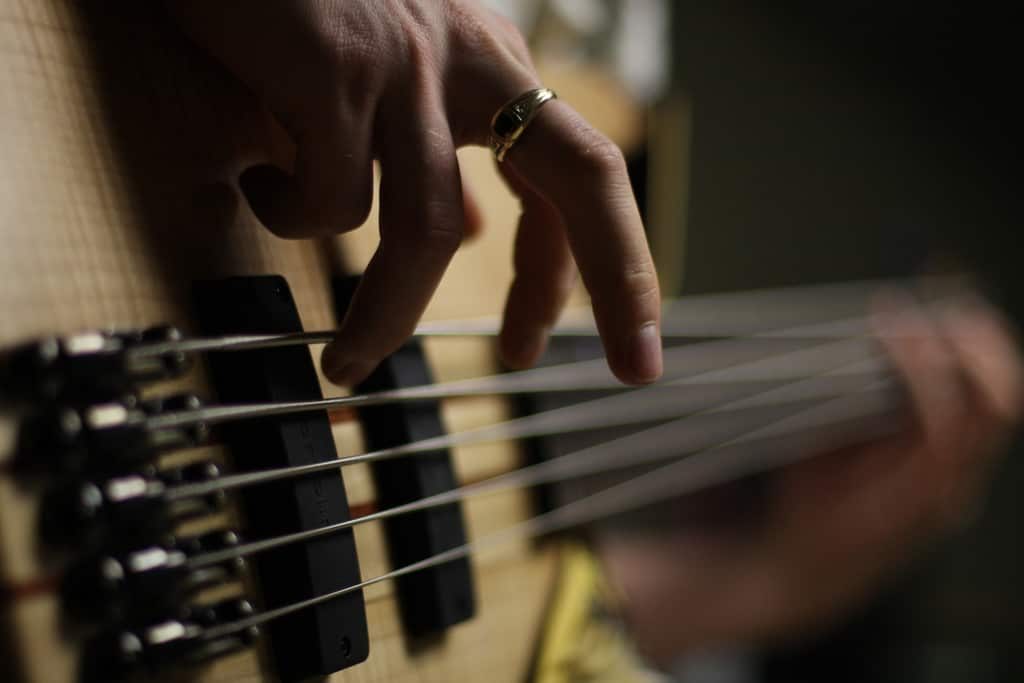 The transition from a long to a short-scale bass guitar is a pretty pain-free process. Below are some specific tips for those looking to make the transition.
The transition from a long to a short-scale bass guitar is a pretty pain-free process. Below are some specific tips for those looking to make the transition.
Choose the right strings
Choosing the most suitable short scale bass strings can be quite a complicated process. If you are stuck, first look at the website of the manufacturer of your guitar to see what strings they would recommend. If that information is not available, check-in at your local music store where an expert can guide you through the different string choices.
The recommended gauge for a short-scale bass guitar is 45-100.
Tune your E-string flat!
This may seem slightly strange to some bass guitarists, but among the short-scale bass guitar community, it is pretty common knowledge to tune your E-string slightly flat.
The reason does this due to the lower tension of short scale strings. Lower tension generally causes a rise in pitch when the string is played. On the short-scale bass, this rise in pitch is only noticeable on the E-string. Although this may not be noticeable to many, it is recommended the practice to tune the E-string slightly flat to ensure strong tonal balance.
Use a lighter touch
Short-scale bass guitars sound much better when they are played with a lighter touch and feel. The sound will become too gammy if you apply similar amounts of digging-in to that associated with the long scale bass guitar. This is not to say that you cannot create a strong driving bass effect with the short scale guitar, but simply, to get the most out of a short-scale bass, you need to play with a greater degree of care.
Features to consider while buying the perfect short scale bass
Below are details of some features you should consider before purchasing the best short scale bass to suit your musical needs.
Scale length, of course
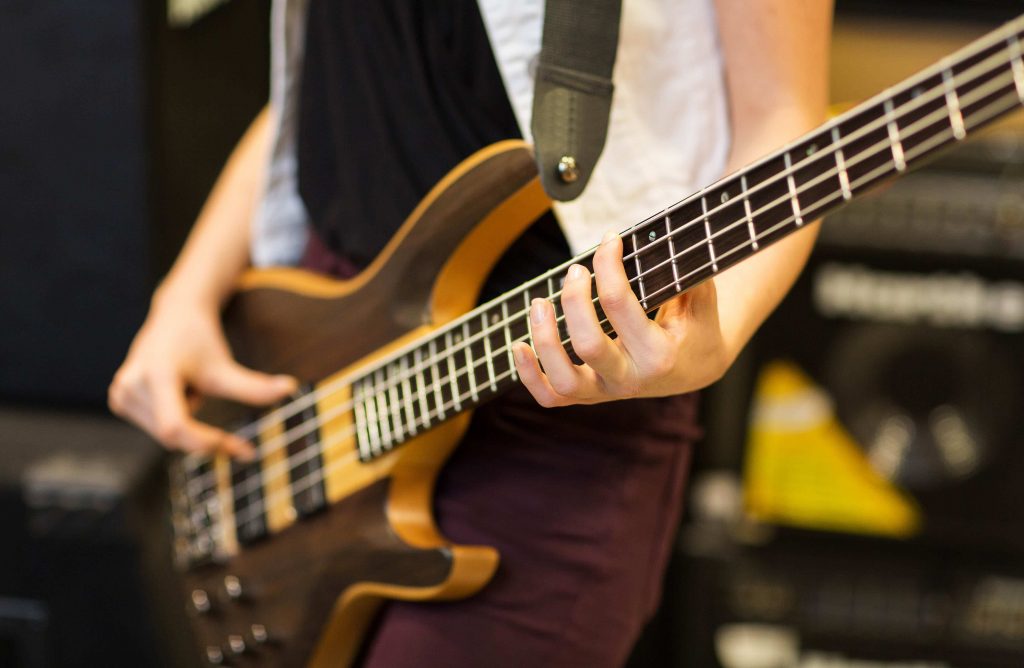
Depending on the size of your reach, the scale length is an important aspect consider. If you are purchasing for a child, it is recommended that you buy a short scale bass at least a couple of inches longer than others to allow them to grow into the guitar.
It is down to personal preference. Some bassists do not like playing the guitars with a scale length that exceeds 31″, preferring a scale length below 30″.
You should try out the different scale lengths to work out, which is the most suitable for your playing style.
Strings
Research the best strings for short scale guitar and investigate what is recommended by the manufacturer. Short-scale bass guitars typically require strings of 45-100 gauge. Most strings used for long scale bass guitars will also work fine on a short-scale bass guitar.
Weight
Short scale bass guitars tend to be significantly lighter than long scale bass guitars. For those who are touring, selecting the lightest bass guitar such as the Hofner HCT5007SBO will be helpful in terms of comfort as well as portability.
Tonewood
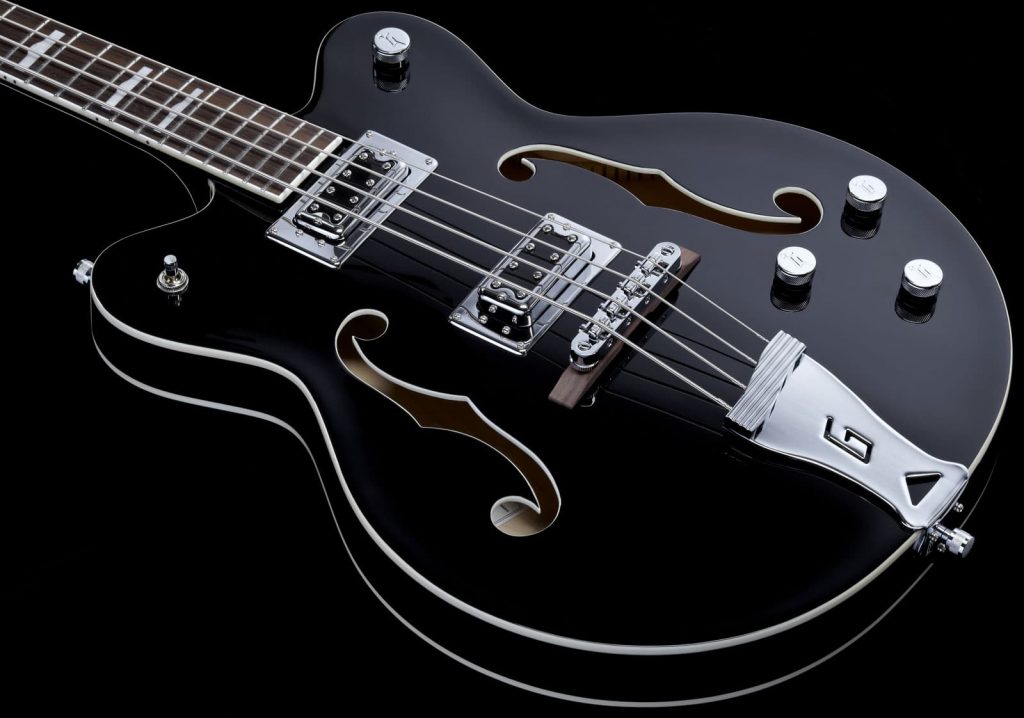 Some say the choice of wood for a short-scale bass guitar is significant, whereas others claim the electronics are more important. Standard wood choices and their properties include:
Some say the choice of wood for a short-scale bass guitar is significant, whereas others claim the electronics are more important. Standard wood choices and their properties include:
- Alderwood – clarity and sound versatility
- Ash – bright sound
- Maple – dense and more extended sustainability
- Mahogany – less bright, warmer and most sustainability
- Basswood & Agathis – less tonality and shorter sustainability
Fretboard
The most common material for the fretwood of a short-scale bass guitar is rosewood due to its softness when fingers push down on the strings.
Numbers of frets generally vary between 20 and 24 frets. Guitars such as the Danelectro Longhorn Bass which have 24 frets allow players to access two full octaves. Some instruments with 36 frets also exist. It is down to personal preference as to how many frets you would like.
Pickups
It is worth checking with the manufacturer as to which pickup they recommend. Common short-scale pickups include single-coil and Black Top Filter’Tron as a feature in the Gretsch G5442BDC.
Accessories
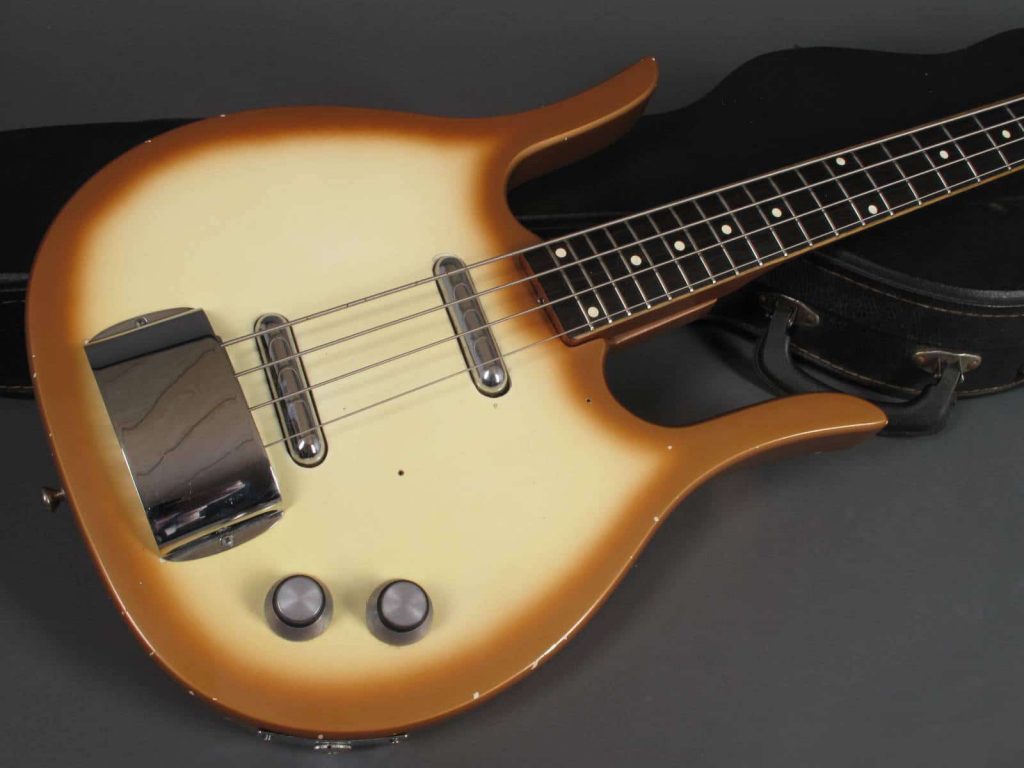 Check what accessories come with purchasing the short-scale bass. Accessories may include a guitar case, strap, and amplifier.
Check what accessories come with purchasing the short-scale bass. Accessories may include a guitar case, strap, and amplifier.
Warranty
Purchasing with a warranty gives you extra protection. Typical warranty agreements last between 1 to 2 years.
Price tag
There is a wide range of prices for short scale bass guitars, ranging from $150-$1000. There are products accessible for both beginners and more experienced bass guitar players.






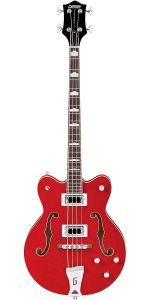
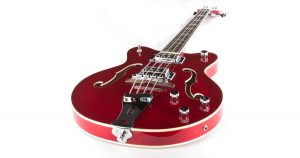
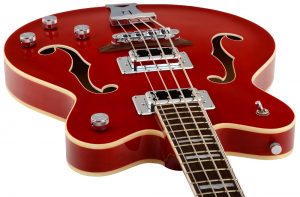
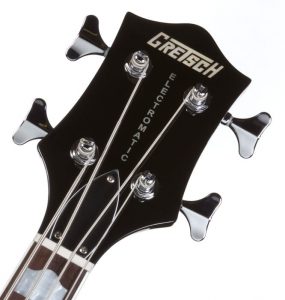

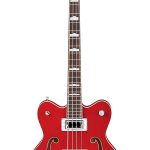
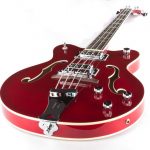
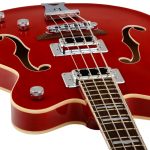
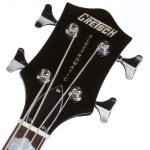
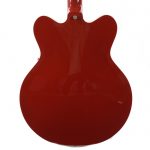


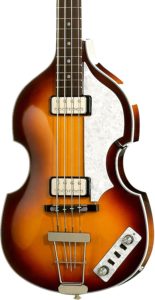
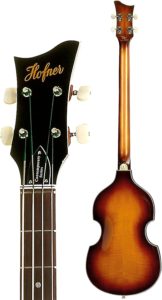
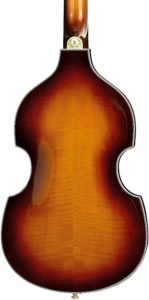

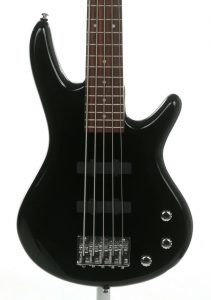
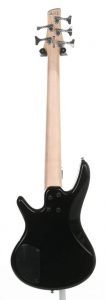
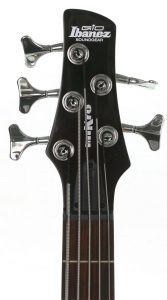
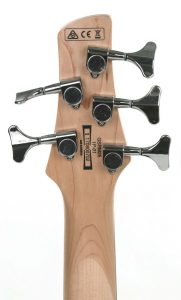
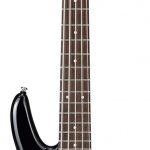

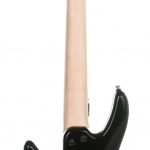

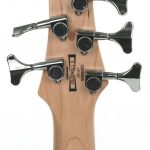
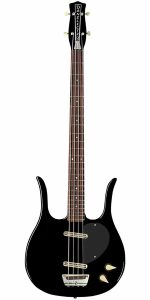
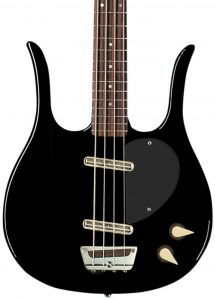
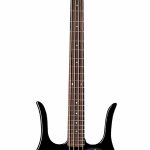
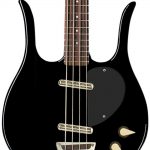


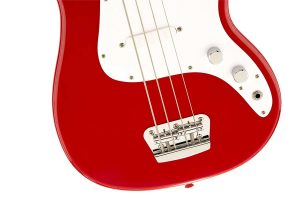

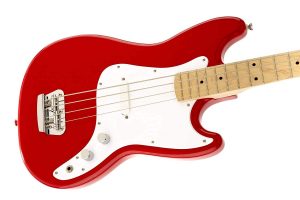
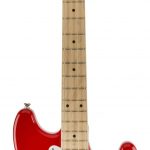

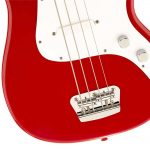
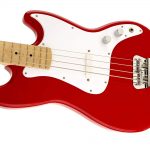
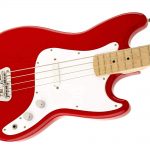
 For those who are unaware, scale length refers to the exact distance from the nut to the bridge of the bass guitar. The distance of a long scale bass guitar has, in effect, become known as the standard distance for a bass guitar which was first introduced by Fender and Precision Bass in 1951. The standard scale length of a long scale bass guitar is now 34”.
For those who are unaware, scale length refers to the exact distance from the nut to the bridge of the bass guitar. The distance of a long scale bass guitar has, in effect, become known as the standard distance for a bass guitar which was first introduced by Fender and Precision Bass in 1951. The standard scale length of a long scale bass guitar is now 34”. The transition from a long to a short-scale bass guitar is a pretty pain-free process. Below are some specific tips for those looking to make the transition.
The transition from a long to a short-scale bass guitar is a pretty pain-free process. Below are some specific tips for those looking to make the transition.
 Some say the choice of wood for a short-scale bass guitar is significant, whereas others claim the electronics are more important. Standard wood choices and their properties include:
Some say the choice of wood for a short-scale bass guitar is significant, whereas others claim the electronics are more important. Standard wood choices and their properties include: Check what accessories come with purchasing the short-scale bass. Accessories may include a guitar case, strap, and amplifier.
Check what accessories come with purchasing the short-scale bass. Accessories may include a guitar case, strap, and amplifier.




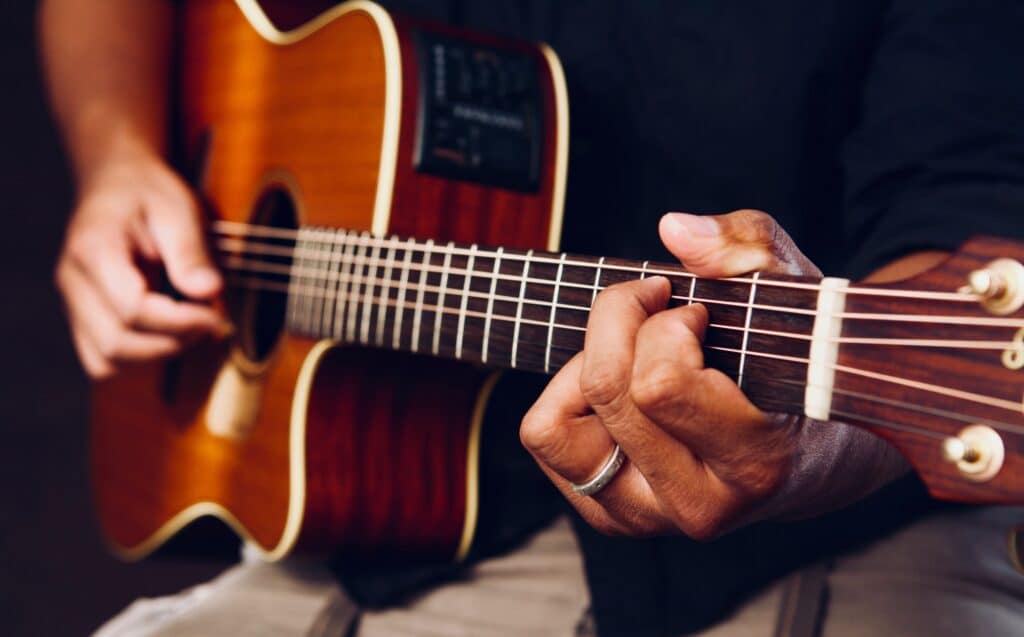
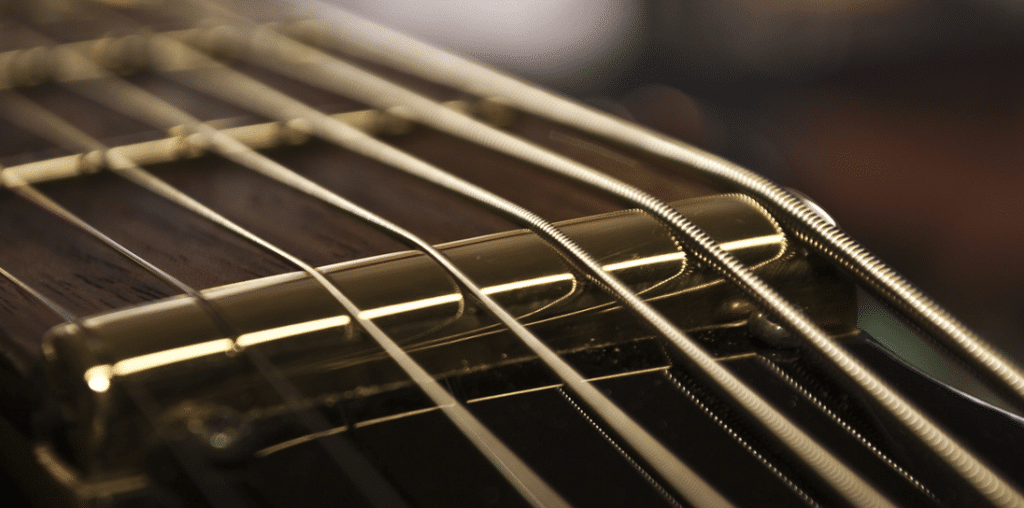

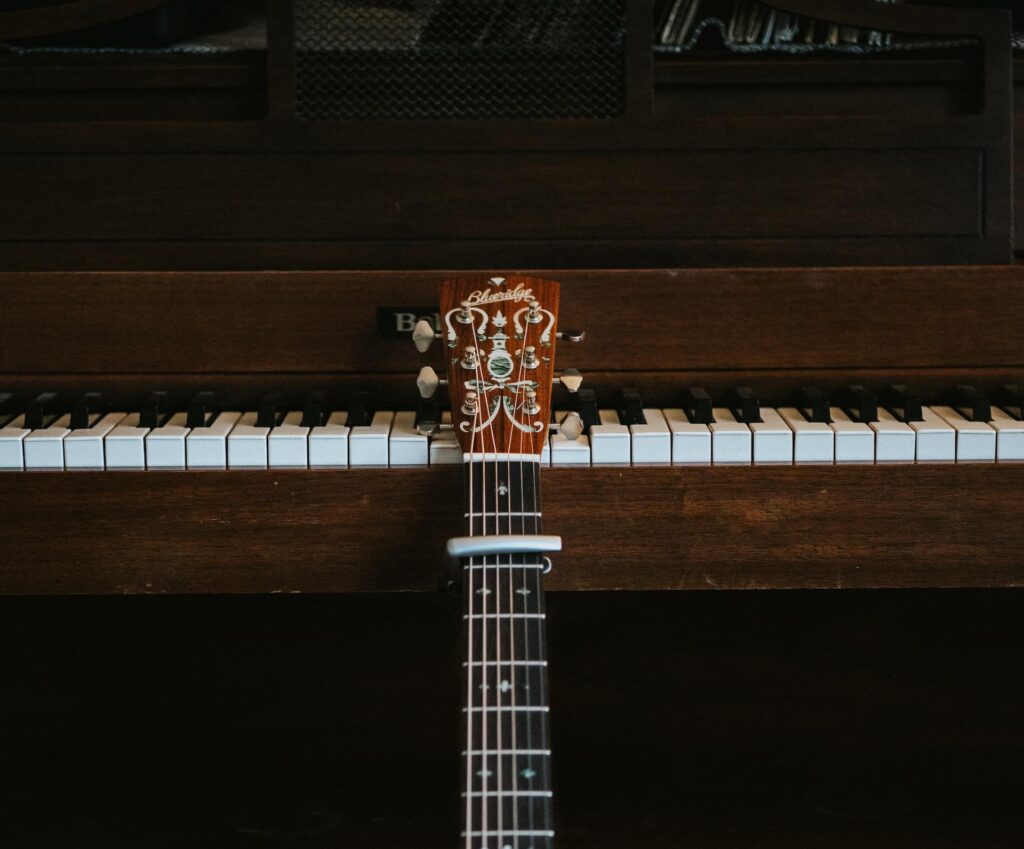
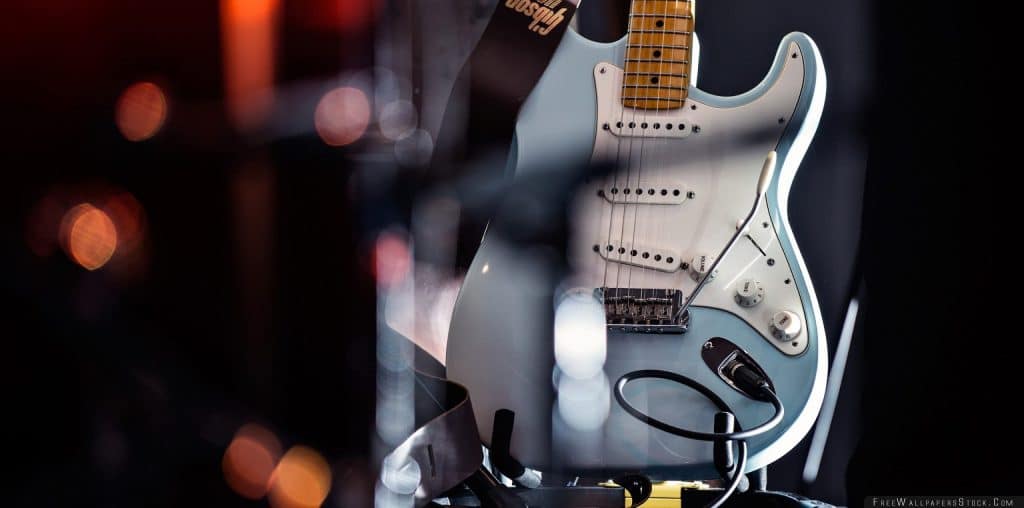
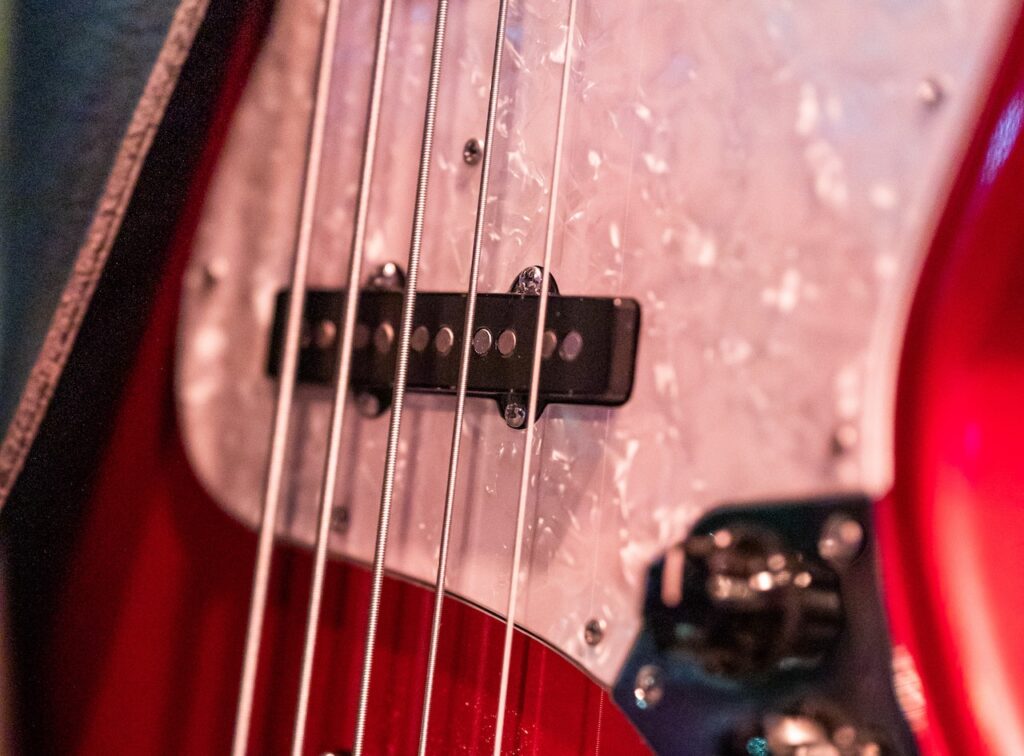
Are you sure you were reviewing an actual Danelectro bass and not a knockoff? Danelectro Basses are made out of Masonite and plywood and only weigh about six pounds tops. Please do the research.
Thank you for your comment and concern. We appreciate your input and understand your curiosity about the materials used in Danelectro basses.
We assure you that our review was based on an authentic Danelectro bass and not a knockoff. While it is true that earlier models of Danelectro basses were constructed using Masonite and plywood, the newer models have undergone some changes in their construction materials.
Danelectro has evolved over the years, and their current bass models may feature different materials, such as lightweight woods and composites, to enhance the overall performance and durability. These modifications might affect the weight of the instrument.
We always strive to provide accurate and up-to-date information in our reviews. However, we encourage our readers to do further research and explore different sources to gather a comprehensive understanding of the product they are interested in.
Thank you again for your comment, and we hope this clarifies any confusion. If you have any further questions or concerns, please feel free to ask.
I think if you had tried the Nordstrand Acinonyx it would be at the top of your list. For $999 I’ve never played another shorty that’s in the same class as it. Not even close.